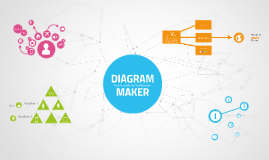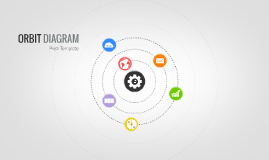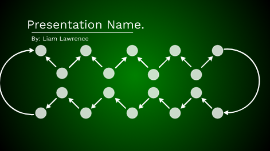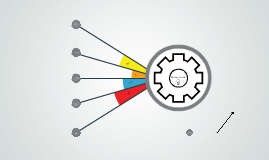Tree Diagram Template
Transcript: Components of Tree Diagrams Introduction to Tree Diagrams Levels Levels indicate the depth of nodes within the tree, providing clarity on their hierarchy. Each level corresponds to the distance from the root node, illustrating order and importance in the data structure. Leaves Edges Examples and Case Studies Leaves are the terminal nodes of a tree diagram, meaning they do not connect to any other nodes below them. They signify the end points or outcomes in a hierarchical structure. Edges are the lines that connect nodes, indicating the relationships between them. They can represent different types of connections, such as hierarchy or association, and are essential for visualizing flow. Overview of Structure Applications in Various Fields Tree diagrams find applications across diverse fields including business for organizational structures, computer science for data processing, and biology for phylogenetic trees. They provide clarity and insight into the relationships within complex systems. A tree diagram consists of nodes (elements) connected by edges (lines) that illustrate their relationships. The structure typically includes a root node at the top, branching out to various levels of nodes, forming a clear hierarchy. Nodes Root Node Importance in Data Visualization Nodes represent the data points or entities in a tree diagram. Each node may contain information and connections to other nodes, illustrating relationships or attributes. The root node is the topmost node in a tree diagram, representing the starting point of the hierarchy. It connects to all other nodes and is pivotal in structuring relationships throughout the diagram. Tree diagrams are critical in data visualization as they enable quick comprehension of complex data structures. They allow viewers to easily identify relationships, making them essential in decision-making and problem-solving processes. Components of Tree Diagrams Introduction to Tree Diagrams Tree diagrams are powerful visual tools that represent hierarchical relationships among elements. They simplify complex information by illustrating clear connections and structures, making data easier to interpret and analyze. Organizational Structure Tree diagrams represent organizational structure clearly, showcasing the hierarchy within a company. Visualizing roles, responsibilities, and relationships can facilitate better communication and operational efficiency. Understanding the fundamental components of tree diagrams is crucial for creating effective visual representations. Each element plays a vital role in illustrating the relationships within hierarchical data structures. Definition of Tree Diagram Decision Trees A tree diagram is a graphical representation that showcases the relationships between different elements in a hierarchy. Each element is represented as a node connected by branches, illustrating parent-child relationships within a structured format. Decision trees illustrate choices and possible consequences, providing clarity in the decision-making process. Used in various fields, including finance and healthcare, they simplify complex scenarios into actionable paths. Family Trees Concept Mapping Examples and Case Studies Concept maps utilize tree diagram structures to display the relationships between ideas and concepts. They enhance learning and comprehension by visually organizing information in an interconnected manner. Family trees offer a graphical representation of familial relationships, tracing lineage and connections across generations. They are valuable for genealogical research and understanding heritage. Tree diagrams serve as powerful tools for visualizing relationships and hierarchies in various contexts, enhancing understanding and decision-making across multiple domains. Comparing Alternative Approaches Tree diagrams facilitate comparisons among various options, highlighting similarities and differences succinctly. This approach aids strategists in evaluating alternatives effectively for better decision-making. Tree Diagram Template Creating a Tree Diagram Creating a Tree Diagram Identifying Hierarchical Relationships Mastering the creation of a tree diagram enhances the ability to visualize complex relationships. This section covers the essential steps and tools needed to effectively design a tree diagram. Understanding and mapping hierarchical relationships is essential. Distinguish between main categories and subcategories, ensuring each level represents a clear and logical progression from one concept to another. Best Practices Layout Options Selecting a Topic Choosing a relevant topic is crucial for a successful tree diagram. Focus on subjects that can be organized hierarchically, such as project planning or organizational structures. A well-defined topic provides clarity and purpose. Different layout styles suit various data types and presentation needs. Common layouts include vertical, horizontal, and radial formats, each offering unique visual

















